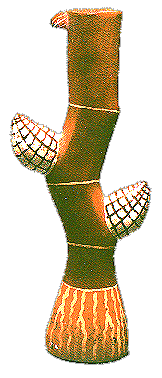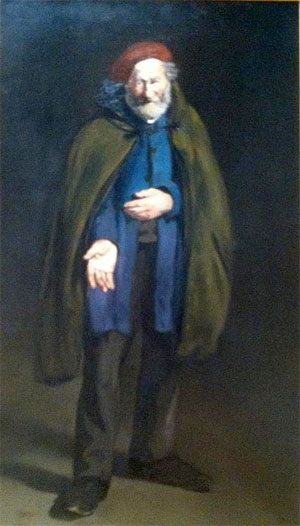

The historical Freeling lab lives as long as you remember. Mike himself was trained in the Schwartz lab at Indiana University from 1968-1973. Freeling arrived in the Genetics Department in June 1973, and founded the lab in the windowless basement underneath the Oxford Tract greenhouses (Rm 52). Since that time many students, postdocs and visitors have come and gone. Perhaps the close quarters and poor air quality contributed to our intensity in the early years. When Koshland Hall was completed in 1990 Mike and the lab moved to this new location, and they joined a new Department: Plant and Microbial Biology.
Using pointed sticks, the late Roy Sahara and Mike planted the first cornfield on the Oxford Tract in June, 1973. General Mosbey is first visible in lab pictures in 1987 and caught his last mouse in 2000.
Although many lab members are not documented here—particularly undergraduates, staff and visitors—many are, in pictures if not on some list. Our lab benefited greatly from talented managers. There was the Robin-Deverie era, the peak Babs-BKG era, the transition Nancy-Zoya era, and from 2004 to the present the era of "do-it-yourself."

